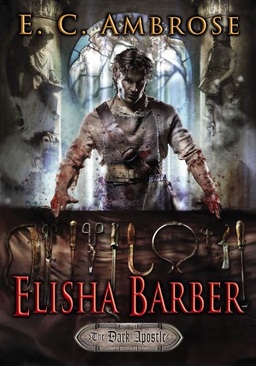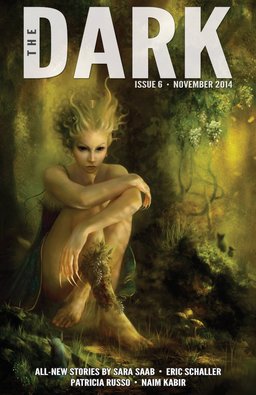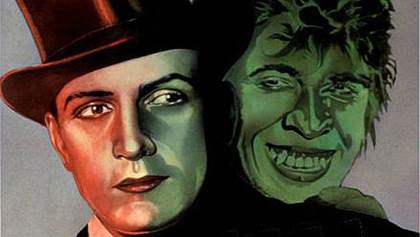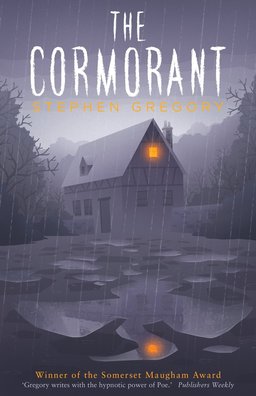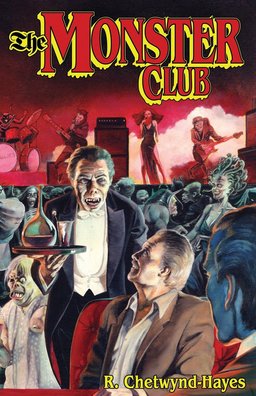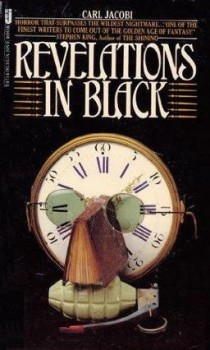The Hardy Boys Meet M.R. James: The Supernatural Mysteries of John Bellairs
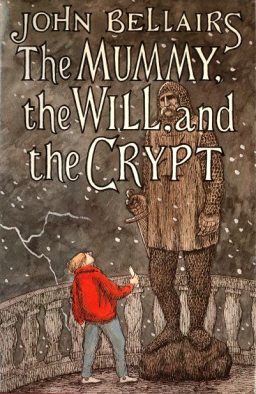 In the world of publishing today, books written for children and young adults are the tails that are increasingly wagging the dog, especially when those books also fall into the horror, fantasy, or science fiction categories. Many mainstream or “literary” authors would probably sell their souls to Voldemort for the kind of success that J.K. Rowling achieved with her Harry Potter books, though Thomas Pynchon or Phillip Roth pushing Harry from his place atop the bestseller lists would be rather like a Marxist literary critic becoming a judge on Dancing With the Stars. (That’s something I’d like to see, actually.)
In the world of publishing today, books written for children and young adults are the tails that are increasingly wagging the dog, especially when those books also fall into the horror, fantasy, or science fiction categories. Many mainstream or “literary” authors would probably sell their souls to Voldemort for the kind of success that J.K. Rowling achieved with her Harry Potter books, though Thomas Pynchon or Phillip Roth pushing Harry from his place atop the bestseller lists would be rather like a Marxist literary critic becoming a judge on Dancing With the Stars. (That’s something I’d like to see, actually.)
One relatively new aspect in this ascendance of what is called YA (or young adult) fiction is its popularity with older readers. Where in previous years some might be embarassed to be seen reading books written for younger readers, now there is nothing unusual in seeing people with jobs, mortgages, and children of their own eagerly perusing The Hunger Games or Twilight.
And why not? (Well, I could give you a big why not for Twilight, but that’s another matter.) Good writing comes in all sorts of packages, and there are plenty of legitimate pleasures to be had in reading the best YA books.
However, in sorting through the many worthwhile reads available in this era of new-found YA respectability, it is easy to overlook work that was written before the current boom; some fine authors of only twenty or thirty years ago are now unjustly neglected, their reputations eclipsed by those who are fortunate enough to still be alive and producing new work in this YA golden age (a golden age of cultural visibility and publishing advances, if nothing else.)
One such writer who perhaps came just a little too early was the once highly popular writer of children’s supernatural mysteries, John Bellairs, who died in 1991.
If Bellairs is remembered by fantastic fiction readers at all, it is for his single adult novel, the superb and eccentric fantasy The Face in the Frost, which was published to little notice in 1969. (Though in his 1973 history of the genre, Imaginary Worlds, the ever-perceptive Lin Carter hailed it as “one of the best fantasy novels to appear since The Lord of the Rings.”)
